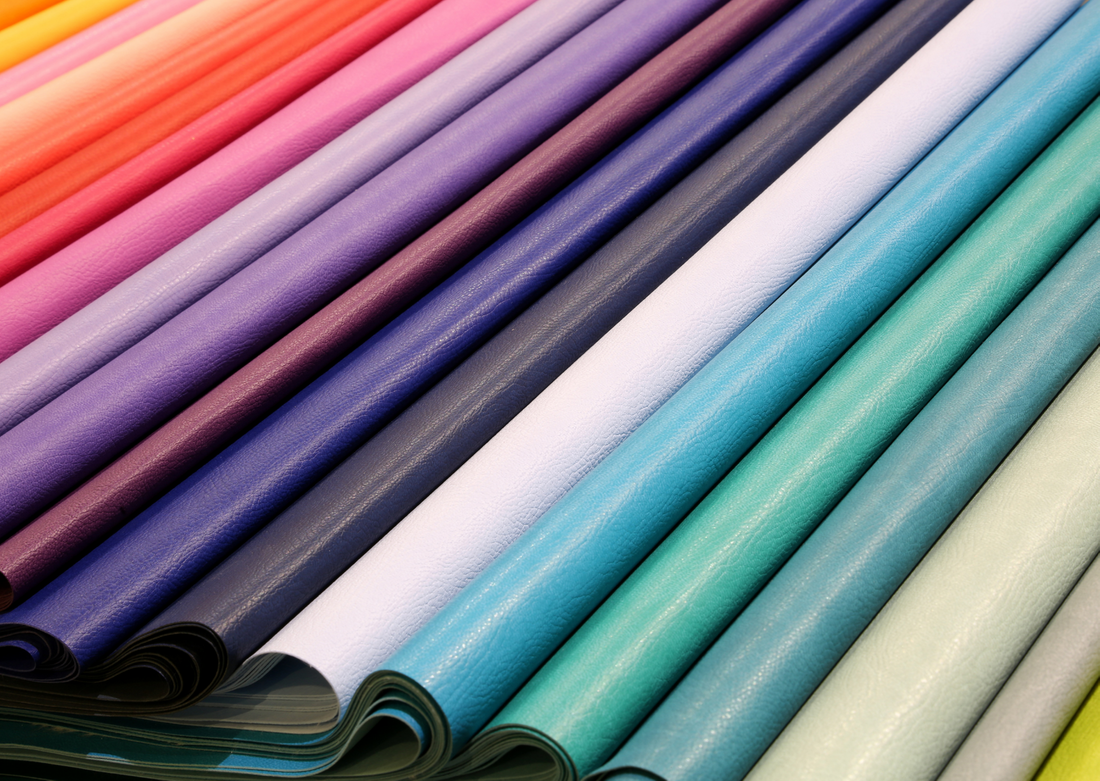Zwei Strukturen, sieben verschiedene Farben, saisonale Special Editions – selten finden sich so viele Optionen bei der Lederwahl für dein neues Lieblingsaccessoire. Eines hat jede dieser Entscheidungen gemeinsam: Du investierst in ein Material, das nicht nur wunderschön aussieht und sich super anfühlt, sondern dich auch viele Jahre treu begleiten wird.
Leder ist ein faszinierendes Material.
Es ist langlebig und reißfest, aber gleichzeitig auch weich und durch die vielen Möglichkeiten des Finishings sehr vielfältig einsetzbar.
ABER: Leder ist nicht gleich Leder!
Selbst bei einem vermeintlich gleich aussehenden Leder kann es große Unterschiede bei Qualität, Herkunft, Einfachheit der Verarbeitung und Langlebigkeit geben. Deshalb haben wir uns die Entscheidung für einen Lederlieferanten nicht leicht gemacht und lange recherchiert. Hier findest du alle Details über das von uns gewählte Leder und über die Optionen, die wir in unserer Standardkollektion anbieten.

Herkunft
Wir beziehen unser chromgegerbtes Rindsleder von einer Gerberei aus Venetien (Norditalien), die seit mehr als 60 Jahren im „Lederviertel“ von Italien ansässig ist. In der Region Vicenza sammeln sich mehr als 1.000 Gerbereien und Zulieferer der Lederindustrie, was dieses Gebiet zu einem echten Zentrum mit viel Know How und Innovation, aber gleichzeitig auch jahrhundertelanger Tradition macht – kurze Lieferwege für Zulieferprodukte, die im Gerbeprozess benötigt werden, inklusive.
Beide unserer verfügbaren Lederstrukturen, unser Glattleder „smooth“ und unser genarbtes Leder „grain“, werden dort produziert und die Gerberei unternimmt große Anstrengungen, um beim Gerbeprozess mit innovativen Methoden besonders nachhaltig und ressourcenschonend zu arbeiten. Welche Maßnahmen das genau sind, kannst du im Abschnitt „Nachhaltigkeit“ nachlesen.
Und woher bezieht die Gerberei die Häute?
Die Häute für das Glattleder kommen aus Nordamerika, wo die Rinder auf Farmen für die Nahrungsmittelindustrie gezüchtet und gehalten werden.Die Häute des genarbten Leders stammen aus Südamerika. Hierbei achtet unsere Gerberei darauf nur Häute von südamerikanischen Lieferanten zu beziehen, die Weideland nutzen für das der Amazonas Regenwald nicht gerodet wurde.
Warum der Unterschied bei der Herkunft der Häute?
Durch die Art der Gerbung und Weiterverarbeitung können für das genarbte Leder auch Häute verwendet werden, die mehrere Kratzer, Narben oder Mückenbisse aufweisen, welche durch die natürliche Haltung der Rinder in Südamerika entstehen. In der Industrie nennt man diese Häute B-Grade oder C-Grade. Das bedeutet nicht, dass sie qualitativ weniger hochwertig sind, allerdings weisen sie mehr Stellen auf, die kleine Makel besitzen, die bei einer Glattlederhaut auch nach dem Gerbe- und Oberflächenbehandlungsprozess noch sichtbar wären.
Beim Herstellungsprozess des genarbten Leders können diese Makel ausgeglichen werden und sind nicht mehr sichtbar, weshalb es dafür nicht notwendig wäre A-Grade Häute zu verwenden. Entsprechend ergibt sich bei einigen unserer Produkte mit hohem Lederverbrauch auch ein Preisunterschied bei der Wahl zwischen smooth und grain Leder. Da es auf dem Markt weniger A-Grade Häute gibt und diese teurer im Einkauf sind, passen sich die Preise für Glattleder entsprechend an.
Eins haben all unsere Leder aus der Standardkollektion gemein:
Die Rinder wurden nicht extra für die Lederproduktion gezüchtet, sondern sind ein Nebenprodukt der Nahrungsmittelindustrie.




